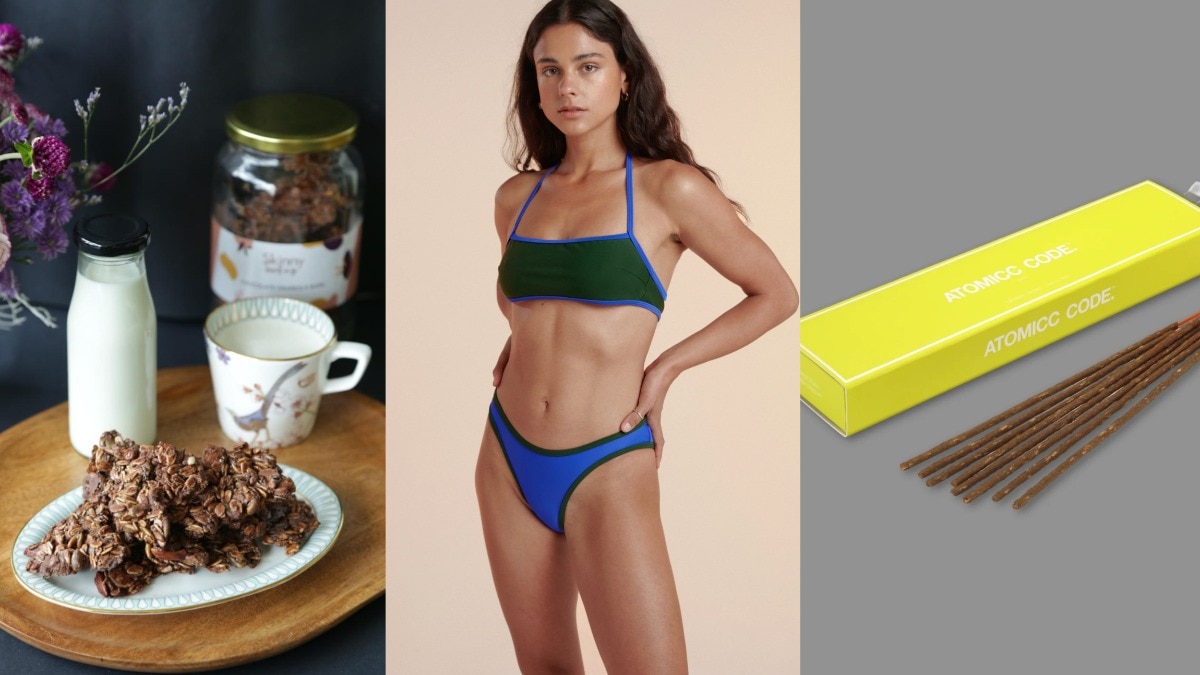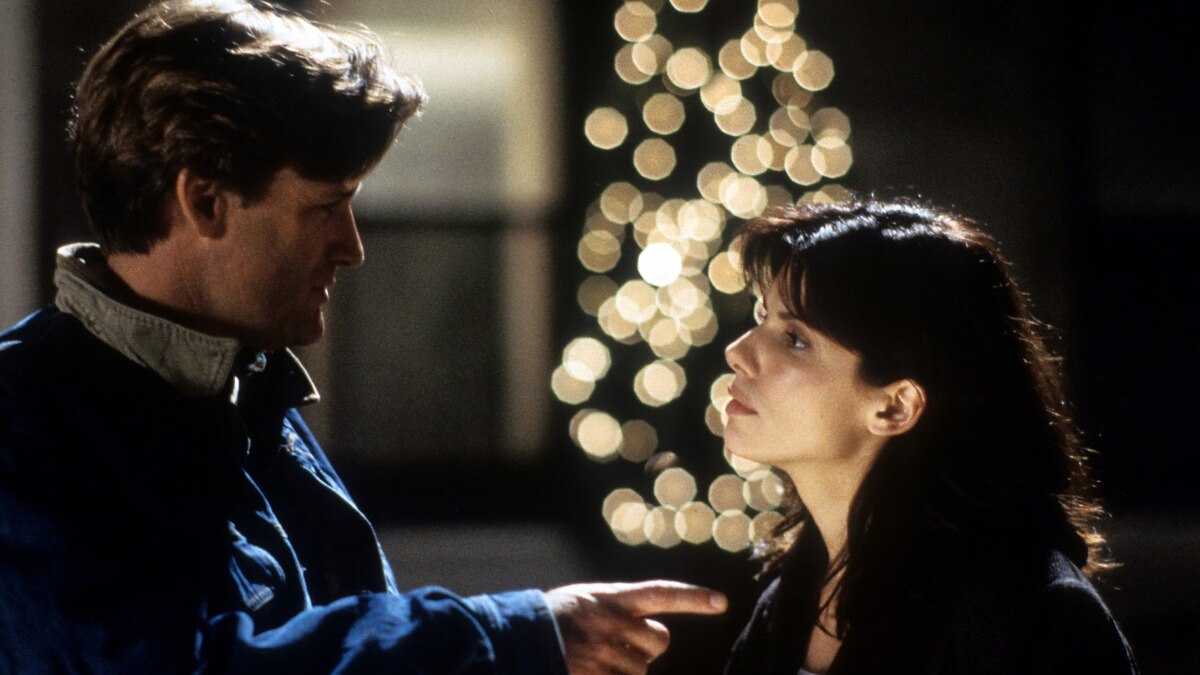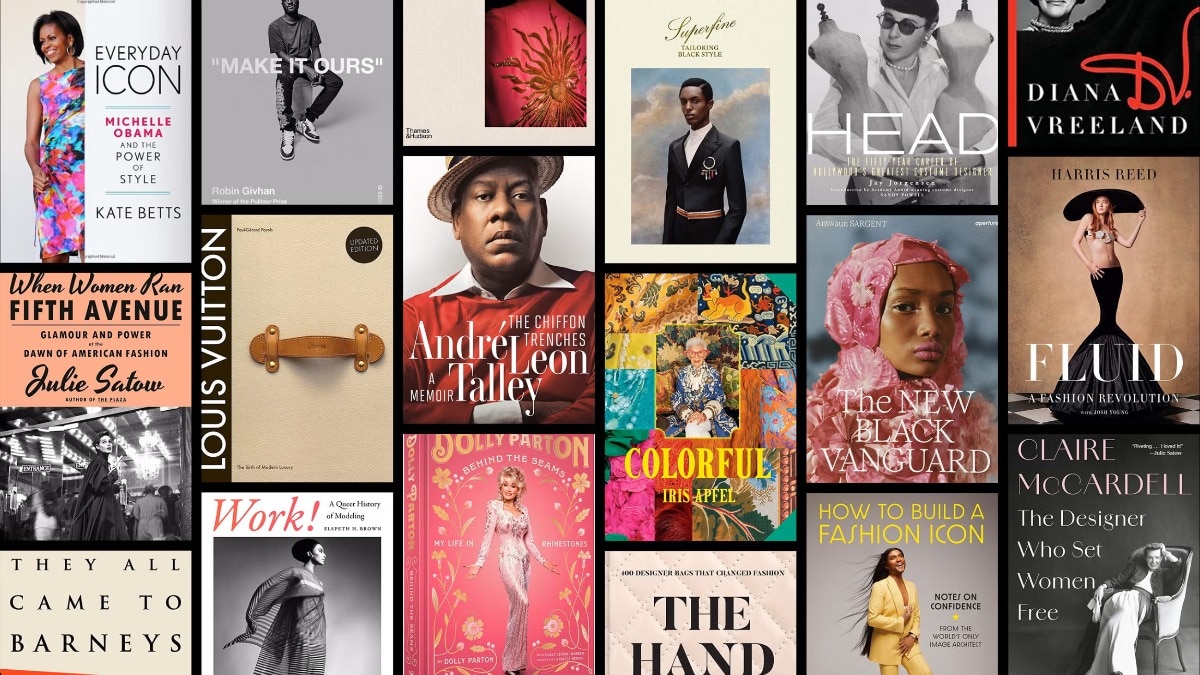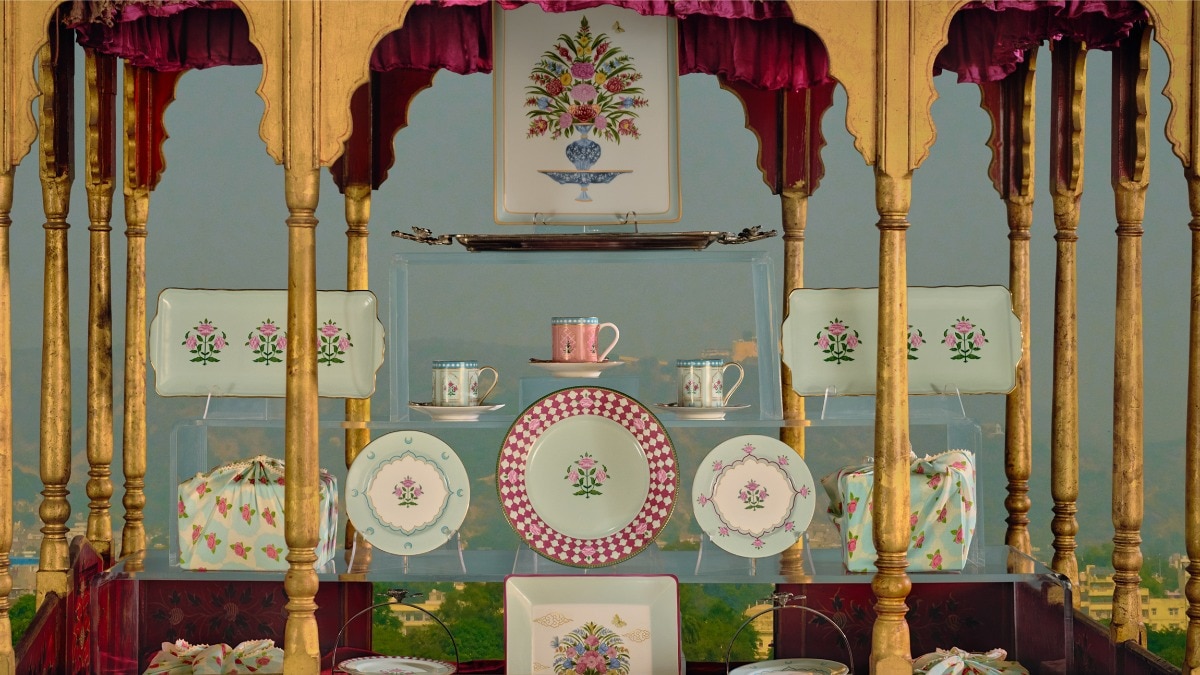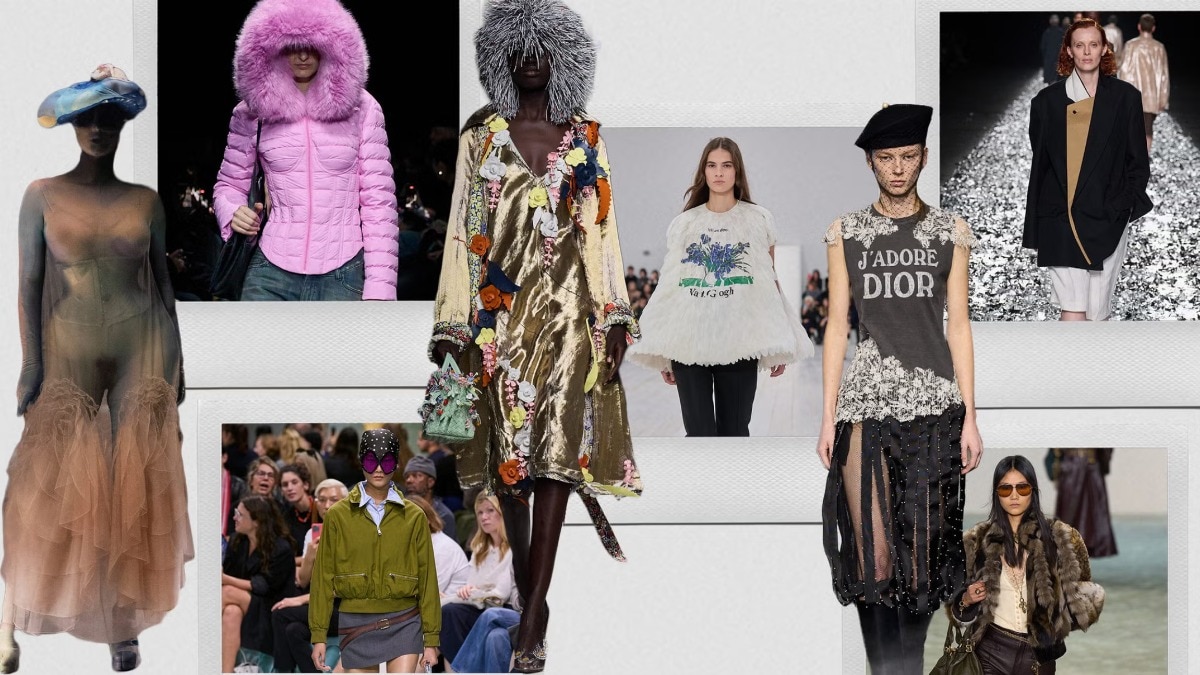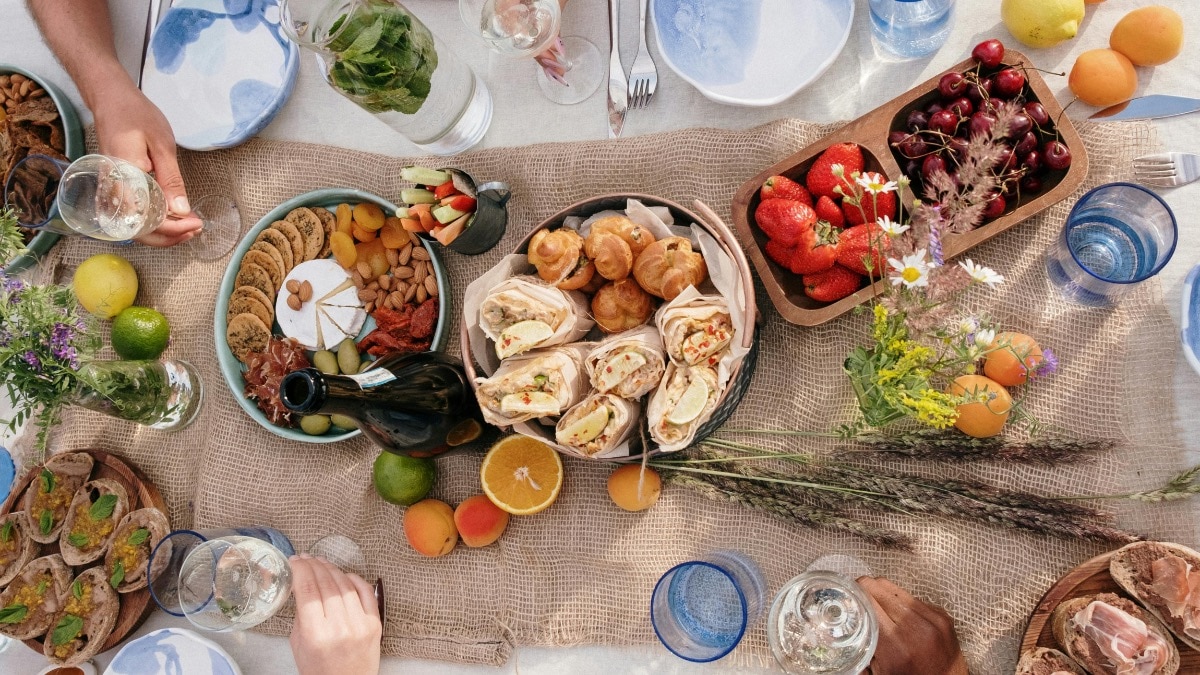8 leading gallerists' advice for new art collectors
In part one of a Bazaar India exclusive, the experts offer tips on how to invest, artists to consider, and more.

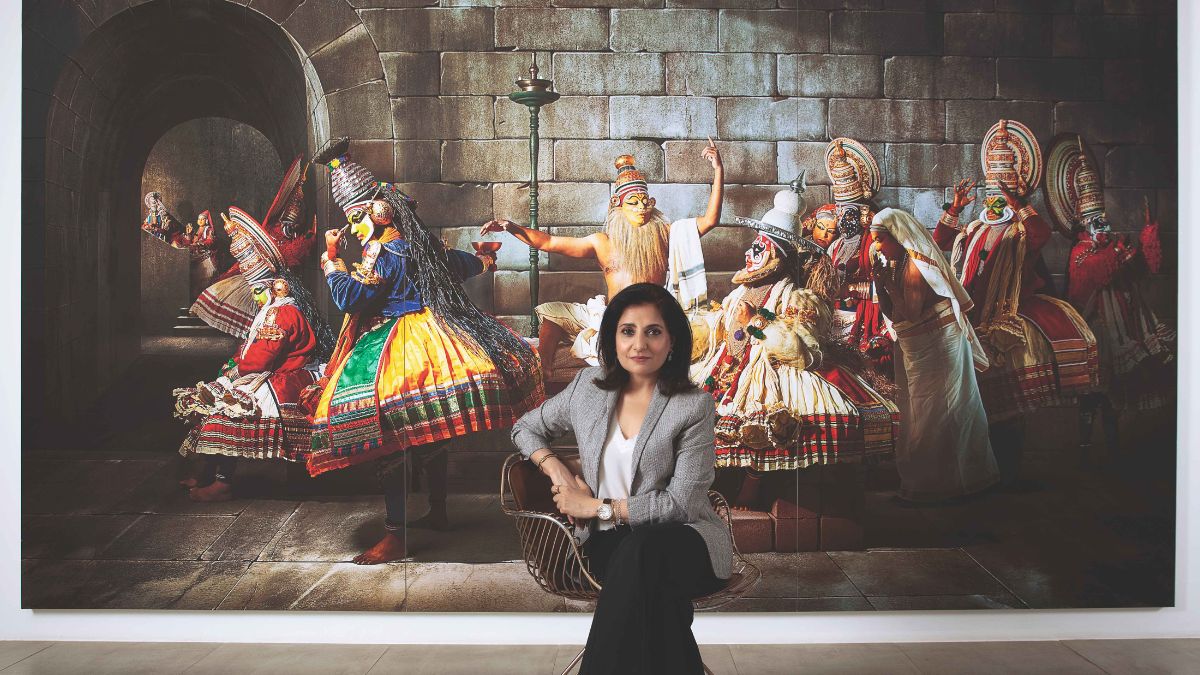
The future is indeed female as far as India's art scene is concerned. There are countless women, in the space, who's indomitable belief and confidence in themselves has seen them revolutionise how art is perceived, shatter stereotypes and alter preconceived notions. Bazaar India, speaks to eight of these trailblazers who run the show, and do so with utmost panache!
Shireen Gandhy—Director, Chemould Prescott Road, Mumbai

“I was all of four years old when I entered the exhibition of Homi Patel in our gallery—an abstract exhibition painted in hues of white. My dad always reminded me that I was least perturbed by the non-colour...I walked straight in and pointed at my favourite painting in the show.
Mine is a legacy gallery that was started by my parents in 1963. I have walked and talked art all my life, and was brought up by art-obsessed parents whose friends painted or collected. I began working besides my parents in 1988.
I have, fortunately, never faced any gender discrimination. My mother was a much stronger force than my father; we are a family of strong women. Most of all, I have always worked with female artists—many who have dominated the scene, and my colleagues (other gallerists) are mostly women, many who are my closest friends.
It’s very important to keep looking at art before one becomes an ‘investor’. Getting lists from others is the worst form of collecting. Make your own judgements, read, listen, get to know the artist to understand more. Art is not a stock. There is pleasure in owning and living with it. Years later, it has the potential of being sold if one desires, but to imagine every work you buy will translate into big bucks in a short time is a misnomer.
I have my ‘comfort painting’, which is the Atul Dodiya seen here...it holds for me memories of the artist’s journey, and I feel like my life ran parallelly to when this work was made. If you’re considering young artists, look out for Gurjeet Singh, Vinita Mungia, Ritika Pandey, and Tarini Sethi.”
Outfit in picture: Spectrum Blazer, ₹24,300, and Black Tailored Trousers, ₹9,600 both Moonray. Twirl Earrings, ₹4,665, Roma Narsinghani.
Aparjita Jain—Co-Director, Nature Morte, New Delhi

“My grandmother is an art collector, and so, I grew up in a home immersed in it. I remember the Radha-Krishna by Hemen Mazumdar as my earliest memory of art, and my latest acquisition is a work by Tanya Goel.
I started Seven Art in 2009 as a space for experimenting between the blurring lines of sculpture/art and design. However, it quickly became a space for young artists and their enquiries with their world. In 2012, I bought into Nature Morte and became partners with Peter Nagy. Then, in 2021, I launched Terrain.art, a blockchain-powered online platform that showcases contemporary art from South Asia.
Traditionally, three percent of humanity’s wealth is in art. So, perhaps, a similar percentage of one’s personal wealth could be allocated to it. When investing in art, you can go either pro-risk with the younger artists, some of whom will succeed, or you can stick to the established artists...it’s like investing in stocks. And like any good investment, the trick is to learn as much as possible.
My advice would be to look at the works of Asim Waqif and Martand Khosla among the younger artists. And if you want more established names, turn to Subodh Gupta, Jitish Kallat, and Thukral & Tagra.”
Outfit in picture: Tara Pantsuit, ₹24,000, Little Things Studio
Jaya Asokan—Fair Director, India Art Fair

“I remember my paternal grandmother used to host Sunday Carnatic concerts or katcheris in our courtyard. The great classical vocalist MS Subbulakshmi was a dear friend of hers, as was the painter KCS Paniker along with other greats from the Madras School. My mother, too, had a strong love for traditional Indian arts and crafts. One of my fondest memories is of sitting around the dining table and playing with block prints and paints... I was surrounded by creativity and people comfortable with their own uniqueness—I guess it rubbed off on me a little...
Some of my favourite artists include Jehangir Sabavala, Prabhakar Barwe, Mrinalini Mukherjee, Anju Dodiya, Shilpa Gupta, Olafur Eliasson, Kerry James Marshall, and Simone Leigh. When it comes to buying art, it’s important to be informed. But also, it’s critical for new buyers to understand there are no guarantees when it comes to investing in art. You may hear of collectors buying the works of emerging artists and making good profit reselling them later... However, I strongly recommend that art should not be purchased for pure investment.
If a return on art is your primary drive, you will have to look at mid-career or established artists. Among the rising stars that are high on my list are Harminder Judge, Moumita Basak, Debashish Paul, Anousha Payne, Tito Stanley, Teja Gavankar, and Rithika Pandey.”
Outfit in picture: Ranthambore Jade Trench, price upon request, Kshitij Jalori. Jewellery and shoes, Jaya’s own.
Geetha Mehra—Director of Sakshi Gallery, Mumbai

“My earliest memories of art are of the paintings reproduced in the books that my mother bought for us as children. I always wanted a life with artists, and so, I launched Sakshi Gallery in 1984. I don’t believe in buying art as an investment; instead, I always advise buyers to pick up works that they genuinely like. My personal advice is to collect the works of young artists and watch their journey as they grow...there is great joy in doing that.
My personal, all-time favourite artists are KG Subramaniyan and FN Souza. The fluidity of their line and form and the honesty of their narrative is truly engaging.
And the best business advice I have received is to pay attention to creating a strong programming calendar for the gallery... Doing so has served the gallery and its exhibits very well.”
Outfit in picture: Black Erryn Trench Coat, ₹10,500, Label Jenn. Chunky Chain Choker, ₹19,364, and Mini Star Studs, ₹9,064, both Misho.
Rasika Kajaria—Director, exhibit320, New Delhi

“Surprisingly, the gallery business is one of the few in the country that is female-dominated, as a result of which, I haven’t faced any gender-bias. We launched exhibit320 in 2010, to showcase emerging talent and give them an international platform, and have seen tremendous demand over the recent years.
I enjoy art that engages; something I’m drawn to and that lingers on subconsciously even after I have left the room. I think Sumakshi Singh is definitely an artist to watch out for— she works with various mediums, from thread sculptures to installations and video. Kumaresan Selvaraj is another emerging artist with great potential.
The best advice I’ve received is that business success is 80 per cent psychology and 20 per cent mechanics. But most importantly, make sure you love what you do and just show up every day. That’s what I do.”
Outfit in picture: Entire look, Rasika’s own
Tripat Kalra & Meher Kalra—Founder-Director & Executive Director, Gallerie Nvya

“The gallery was launched in 2004 stemming from my passion for the arts,” says Tripat Kalra from the gallery at her home in New Friends Colony, Delhi. “When I was eight-years-old, I saw an MF Husain work at a friend’s place in Jangpura—I fell in love with it and wanted to buy it! Husain sa’ab was their tenant, who lived in their barsaati on the second floor as it was known then...” Tripat recounts as her earliest tryst with the world of art. “All the Progressive Artists have been my favourites since I was a child, and they still remain,” she adds.
Meher, her daughter-in-law, learnt about art from her father, as a child over dinner conversations. “My dad has been a passionate art collector for over 40 years, and as a kid, I used to find it amusing that he had placed a large, nude Akbar Padamsee in our living room,” she shares. Among her personal favourites are artists MF Husain, SH Raza, Jamini Roy, Paresh Maity, Manu Parekh, and Jayasri Burman.
When it comes to running the gallery, Tripat recounts the valuable advice that veteran artist Krishen Khanna shared with her. “I had just started the gallery, and he was aware that I’d been an art investor since the age of 24. So he told me, ‘Keep art that is worthy of your own collection, in your gallery stock’. His words have served us very well...”
Tripat suggests following a 70:30 ratio between investing in senior masters and emerging artists, while Meher leans towards the masters. Both agree that doing due research and studying the art are essential. “Take time to make your decision...it’s always good to discuss with your friends, but do not let peer pressure drive you,” Tripat shares.
Outfits in picture: On Meher (left): Celeste Jacket with fringe appliqués, ₹26,500, Sameer Madan. All the other pieces, Meher’s own. On Tripat (right): 19202 Chrysler Black Trench Jacket, ₹49,900, Kshitij Jalori. All the other pieces, Tripat’s own
Ashna Singh—Director, Studio Art, New Delhi

“As a child, I was dragged to art shows, and the works of masters would often come home from galleries for my mother’s approval, for the homes she was designing. I categorically remember exclaiming, ‘This is so boring, how do you enjoy seeing art?’. Little did I know I would be loving and living it myself!
Art often intimidates many, but the easiest way to begin investing is to first visit exhibitions, galleries, and familiarise yourself with art. Don’t immediately buy a work without actively educating yourself, because the more you view, the easier it will become to invest correctly. There are many good artists to look at: Shivani Aggarwal, Vivek Vilasini, and Megha Joshi are names to consider. I’d say look out for artists that are being promoted by the galleries as those are the ones they have faith in.
Jehangir Sabavala is a personal favourite: he was constantly evolving in his style and expression. I also enjoy Anish Kapoor’s and Amar Kanwar’s works. My gallery, Studio Art, has been showcasing the works of contemporary artists since it was launched in 2003, and I want more and more people to appreciate it.”
Outfit in picture: Entire look, Ashna’s own.

